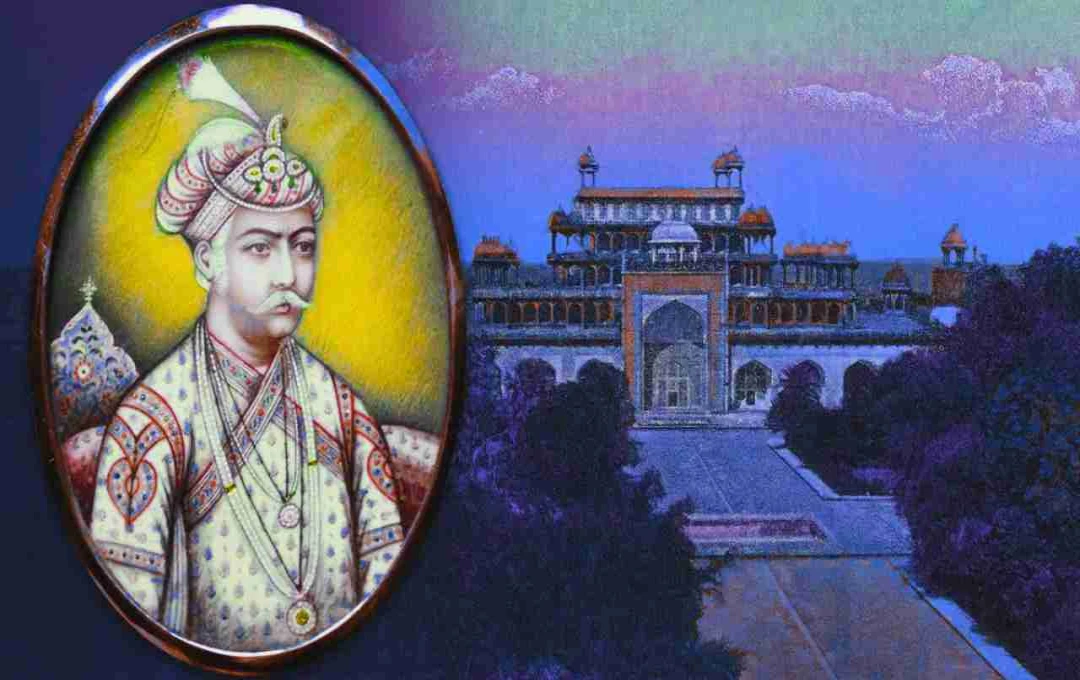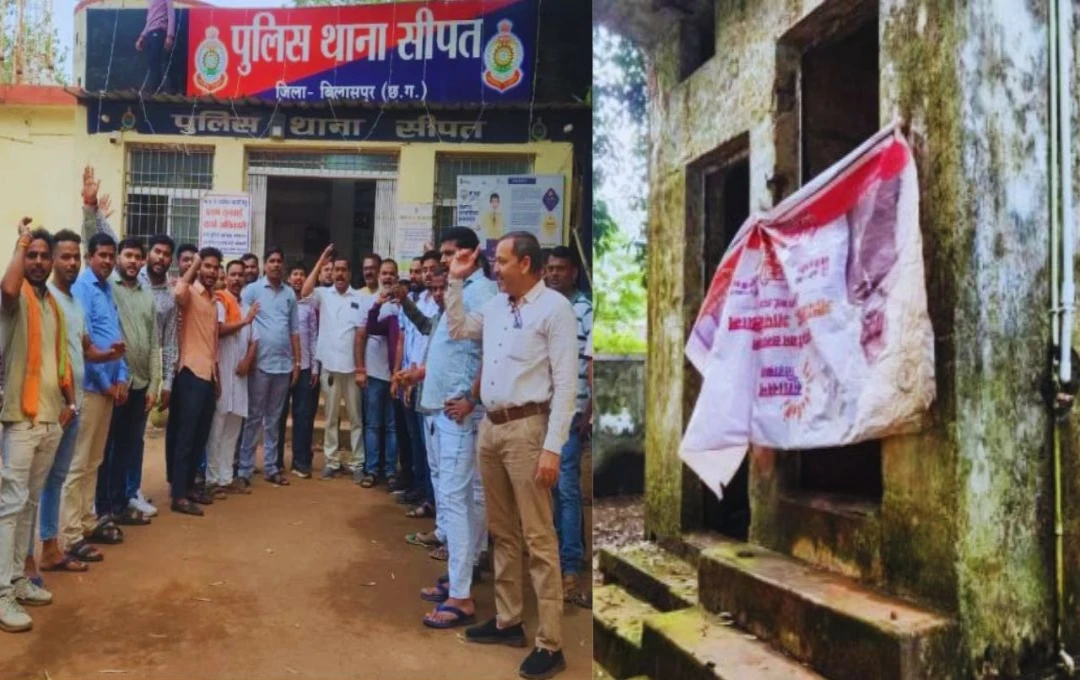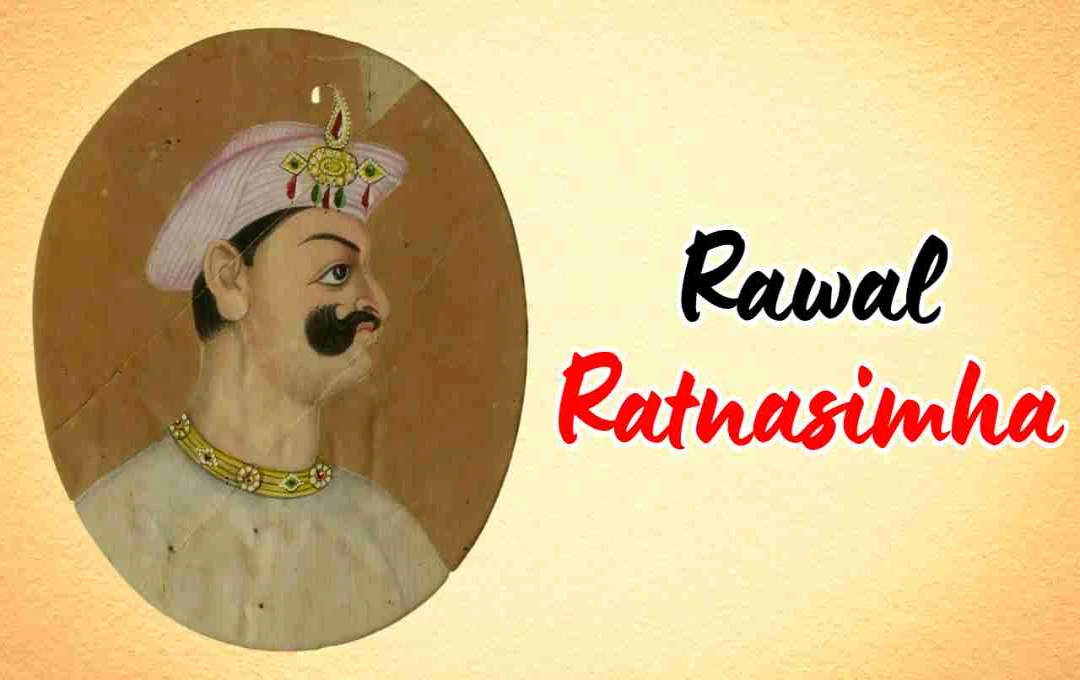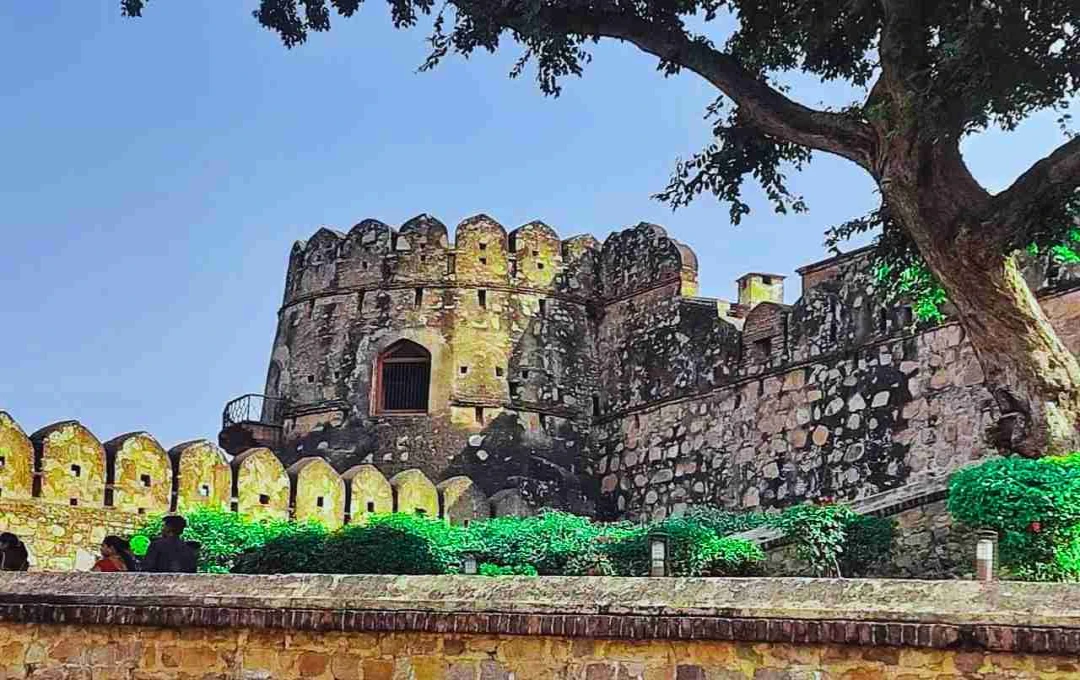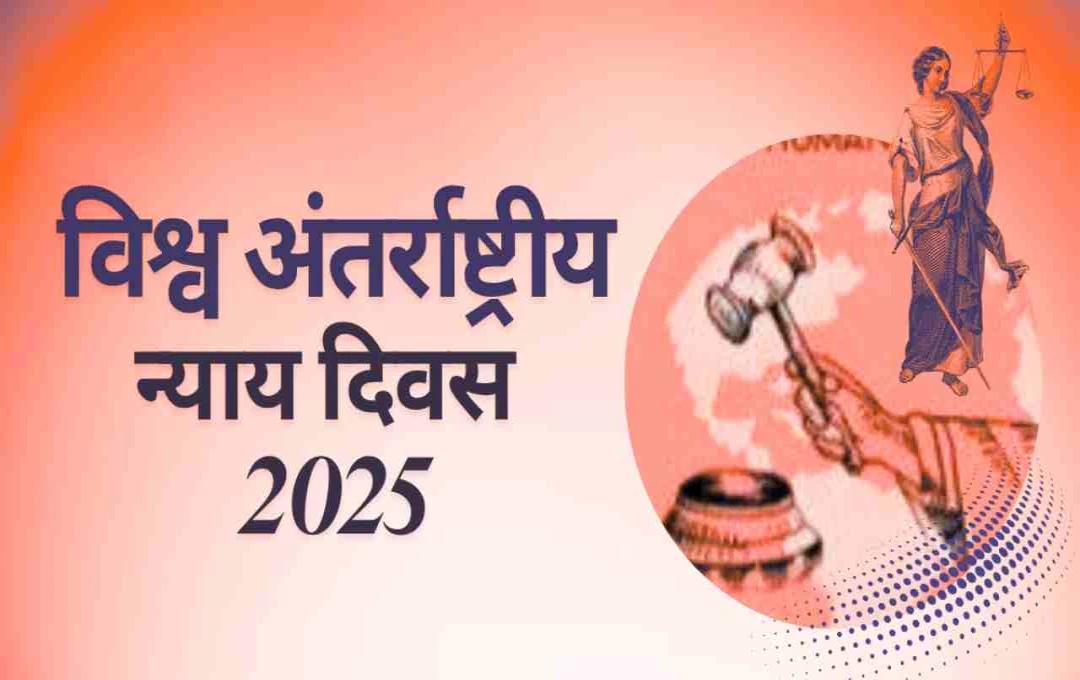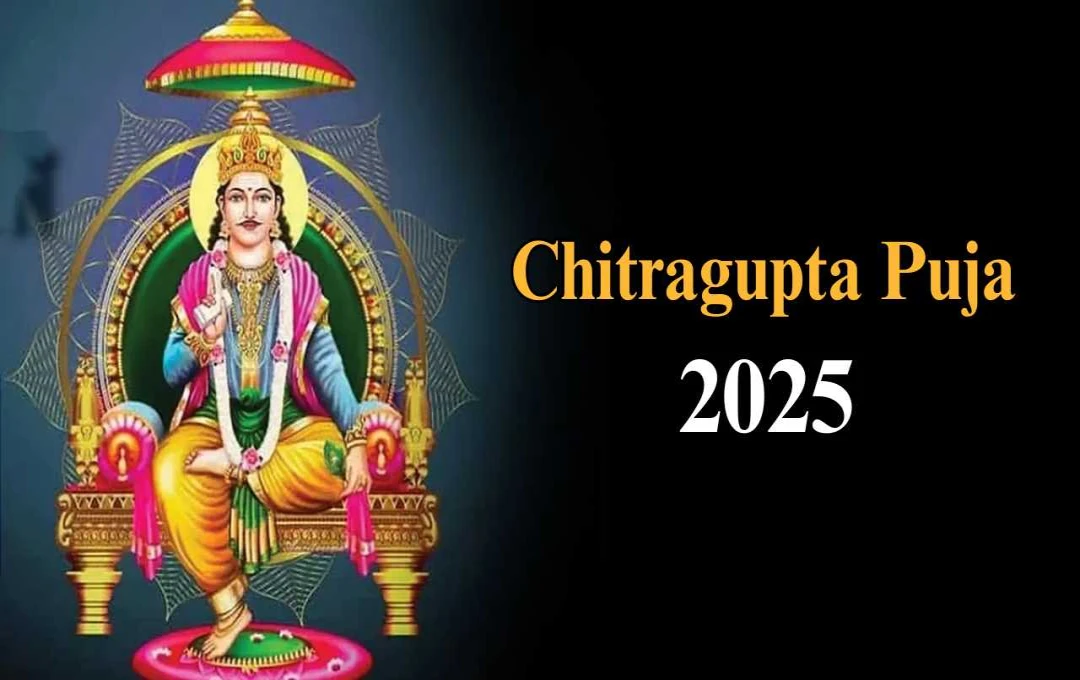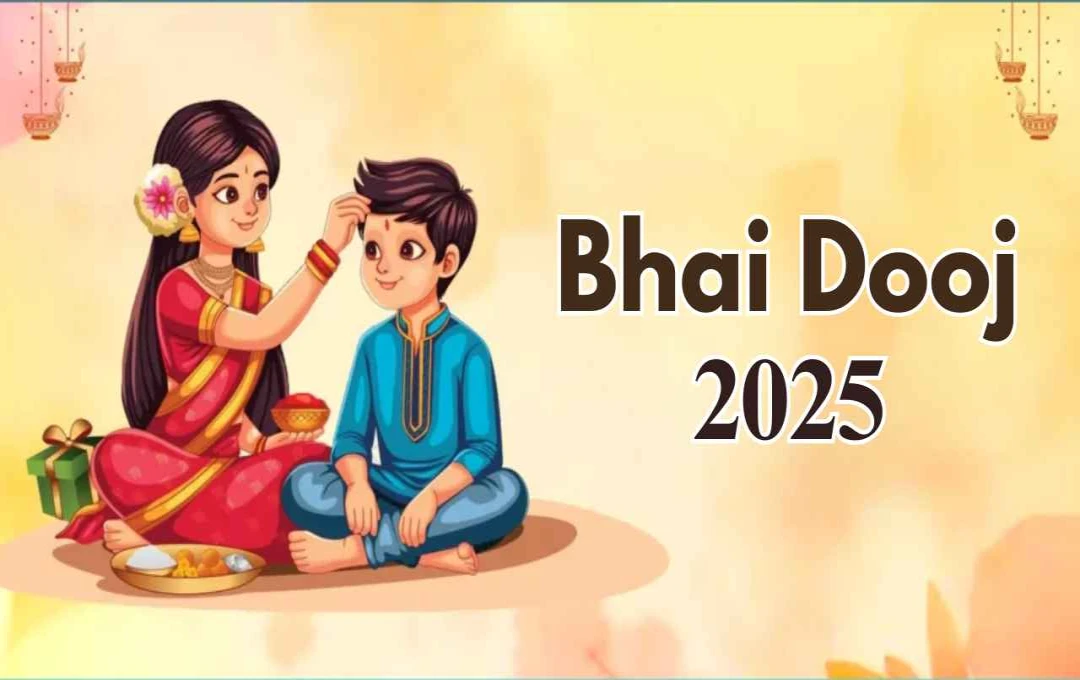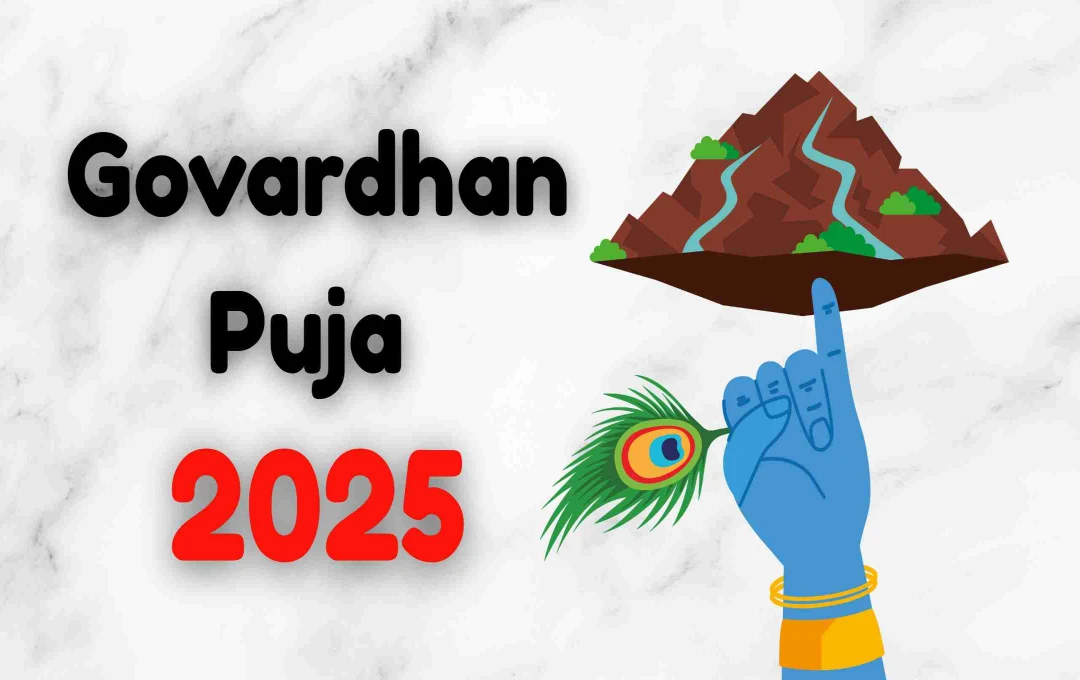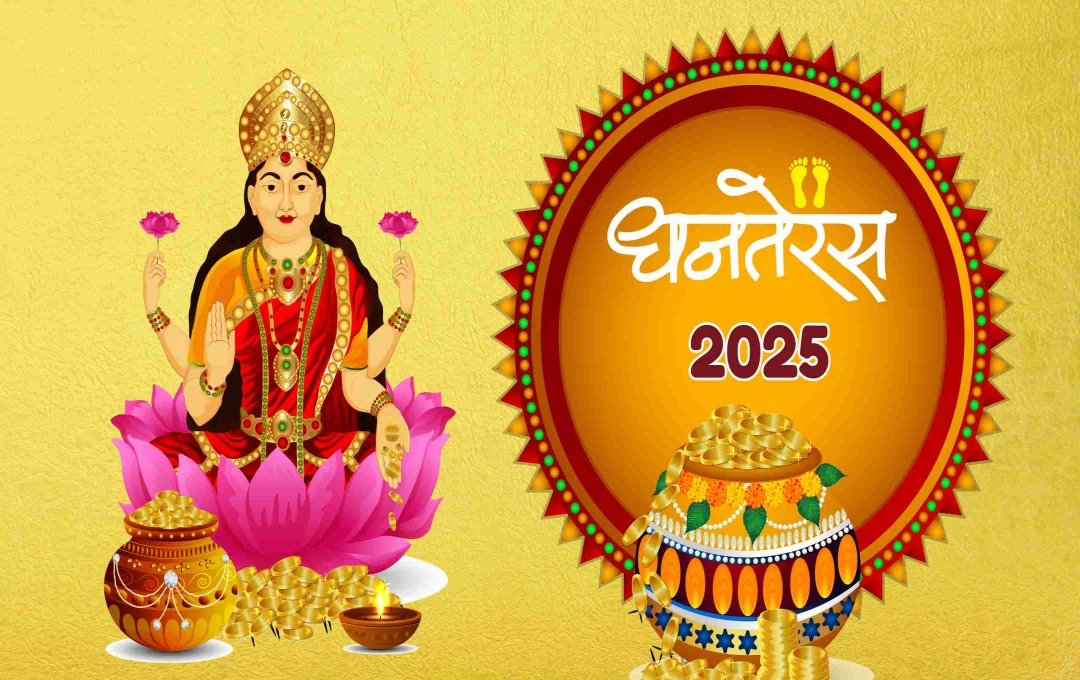There have been many emperors in Indian history, but few have not only expanded their empires but also won the hearts of the people. Mughal Emperor Abu'l-Fath Jalal-ud-din Muhammad Akbar, commonly known as Akbar the Great, was such a unique ruler. He established a vast empire and set an example of cultural and religious harmony through an amazing combination of power, intelligence, tolerance, and administrative efficiency.
Background of Lineage and Birth
Akbar was born on October 15, 1542, in the fort of Umarkot, located in the Sindh province of present-day Pakistan. At that time, his father Humayun was in exile after being defeated by Sher Shah Suri and had taken refuge with his wife Hamida Banu Begum. Akbar's birth occurred at a time when the Mughal Empire was in crisis, but this difficult period later helped Akbar become a b and wise ruler. Akbar's bloodline combined two great warrior lineages - Timur Lang and Genghis Khan. On his father's side, he was a descendant of Timur, and on his mother's side, he was related to Genghis Khan. Because of this, the qualities of leadership, bravery, and strategic thinking were innate in Akbar. This great heritage is clearly visible in his personality and governing style.
Childhood and Education
Akbar's childhood was full of ups and downs, which is why he could not receive a formal education. His early years were spent in places like Persia and Kabul, where he often stayed with his uncles. He had little interest in studies, but he was very interested in horse riding, sword fighting, and hunting. He became a skilled warrior in his childhood, and these qualities also came in handy in his rule. Although he didn't study much himself, he was always surrounded by scholars and learned people. Before going to sleep at night, he would have someone read scriptures to him so that he could gain knowledge by listening. He had said, "Knowledge comes not from reading, but from understanding." Because of this thinking, he kept learning throughout his life and emerged as a wise and far-sighted ruler.
Assuming Power and the Second Battle of Panipat
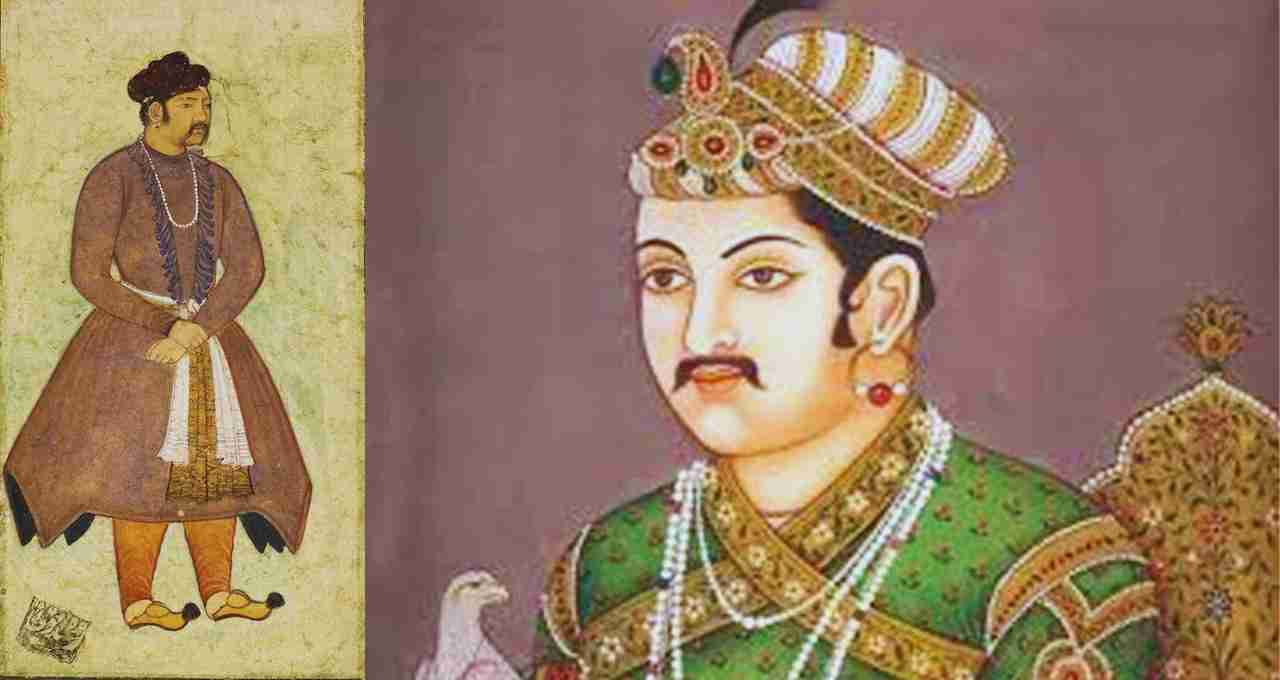
When Akbar was only 13 years old, his father Humayun passed away. Akbar was very young at that time, so a wise general named Bairam Khan took care of him and took responsibility for the administration. Akbar was placed on the throne of Delhi, but at that time the situation in the country was very difficult. There was danger from enemies all around, and the power of the Mughals was shaky. During this time, a powerful Hindu general named Hemu had captured Delhi. But Akbar and Bairam Khan together defeated Hemu in the Second Battle of Panipat in 1556. After this victory, Akbar's position was strengthened, and the foundation of the Mughal Empire was re-established. This battle is considered the beginning of Akbar's long and successful reign.
Administrative Skill and Justice
Akbar was a very wise and skilled ruler. He divided his state into small parts, which were called 'Subas'. Each Suba had a chief officer called a Subedar. Along with him, there was a Diwan (who looked after money and taxes) and a Qazi (who administered justice). This ensured that the work of the entire state was carried out easily and correctly. Akbar also introduced a special scheme called the 'Mansabdari system', under which officers were given positions according to their rank and responsibility. This system was very effective and maintained discipline and transparency in the administration. Akbar always considered people of all religions, castes, and classes as equal and dispensed justice without discrimination. Because of this, people considered him a just and great ruler.
Religious Tolerance and Din-i-Ilahi
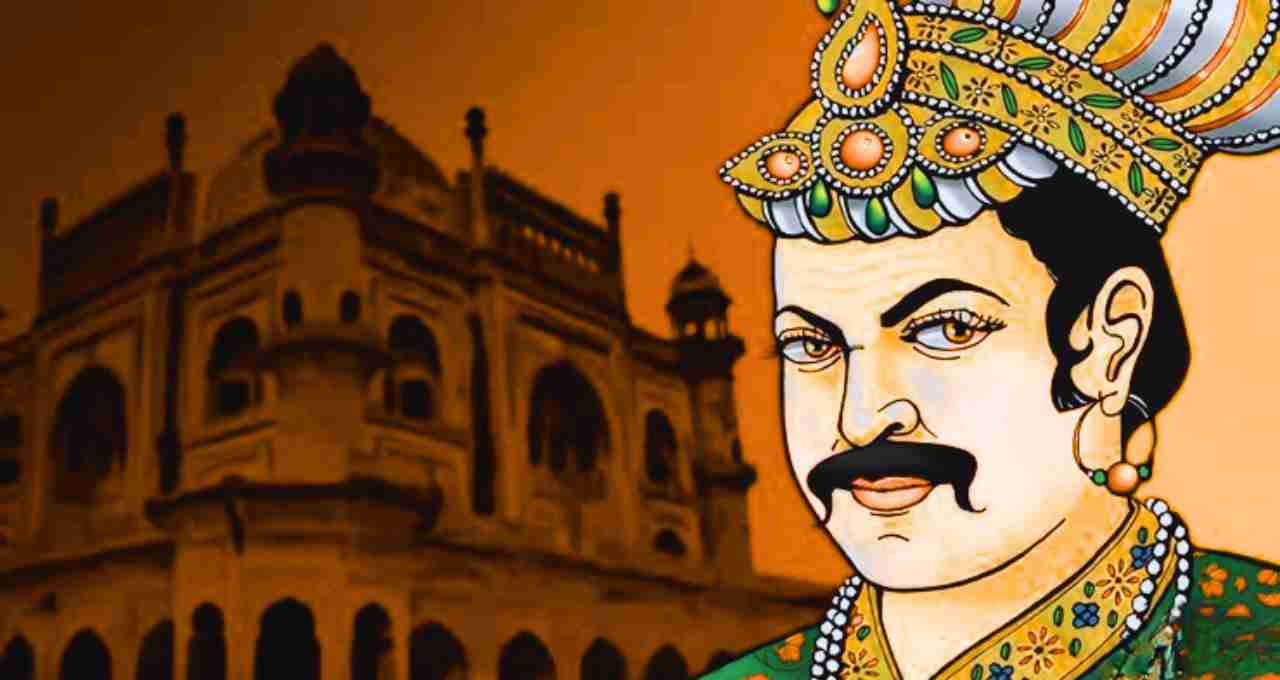
Akbar understood that people of different religions lived in India, so a good ruler should respect all religions. With this thought, he abolished the pilgrimage tax on Hindus in 1563 and the Jizya tax in 1564, which brought a wave of happiness among the Hindu populace. Akbar started a new religion by combining the good ideas of all religions, which was called Din-i-Ilahi. This religion did not worship a single God, but its aim was to adopt the goodness of all religions. Although this religion did not spread much, it clearly showed Akbar's feeling of religious tolerance.
Marital and Political Relations with the Rajputs
Akbar further strengthened his empire by establishing marital and political relations with the Rajputs. He married Jodha Bai, the daughter of the Raja of Amer, which earned him the trust and support of the Rajputs. Subsequently, many Rajput chieftains like Raja Man Singh and Bhagwant Das joined his court and were appointed to important positions. This relationship increased trust and unity between the Mughals and the Rajputs, which proved to be very helpful in bringing peace and stability to the entire empire.
Lover of Art, Literature, and Architecture
Akbar had a great interest in art and music. He had many great artists and scholars in his court, who were called the 'Navratnas' (nine gems). These included names like Birbal, Tansen, Todar Mal, and Abul Fazal. Tansen was a great singer, and Akbar was very impressed by his music and also gave him special respect. Akbar had many ancient texts translated into Persian, Hindi, and Sanskrit so that everyone could understand them. He also built beautiful buildings like Fatehpur Sikri, Agra Fort, and Lahore Fort. These buildings are still considered outstanding examples of Indian art and architecture. This shows that Akbar was not only a warrior but also an art-loving emperor.
Akbar's Final Journey
On October 27, 1605, the great Mughal Emperor Akbar passed away. In his life, he gave India a unique example of religious tolerance, b administration, and cultural unity. After his death, he was buried in Sikandra, near Agra, where his grand tomb is still present today. This tomb is not only a symbol of his respect but also reminds future generations of his greatness.
Akbar was not just a king who won wars, but he was a great emperor who lived in the hearts of the people. His thinking was ahead of his time - he looked beyond religion, caste, and class, and he dreamt of uniting 'India' and gave it a concrete shape. His policies are still considered symbols of religious tolerance, administrative efficiency, and human values.
